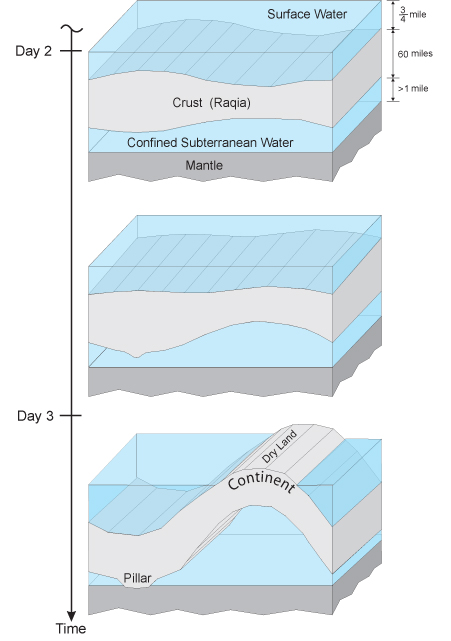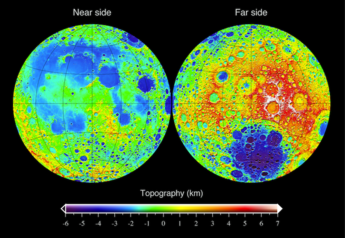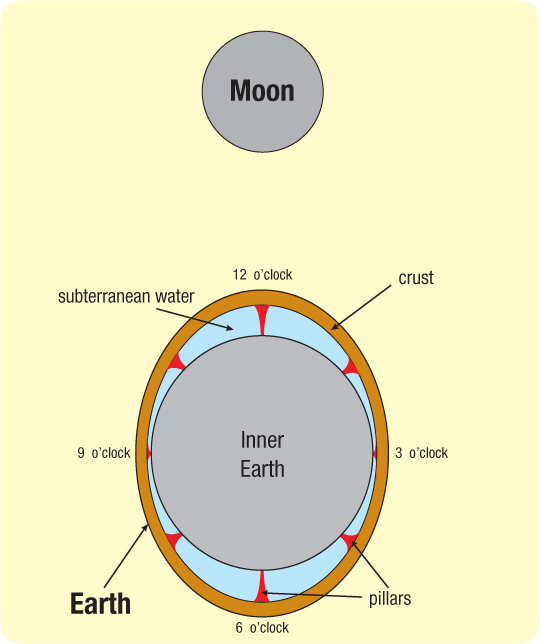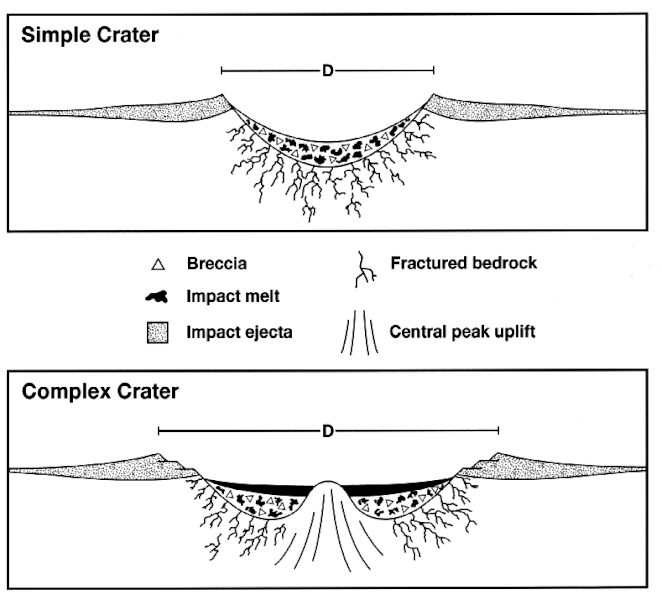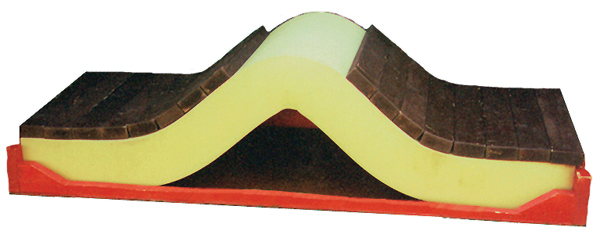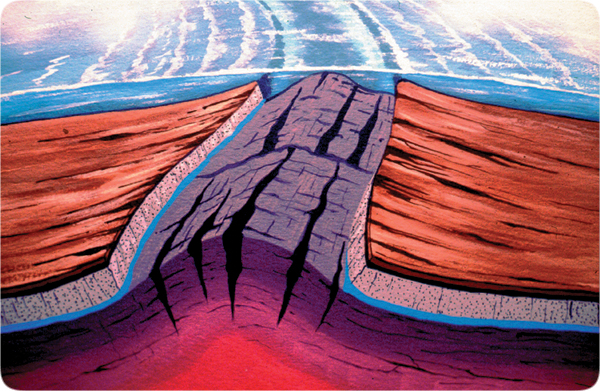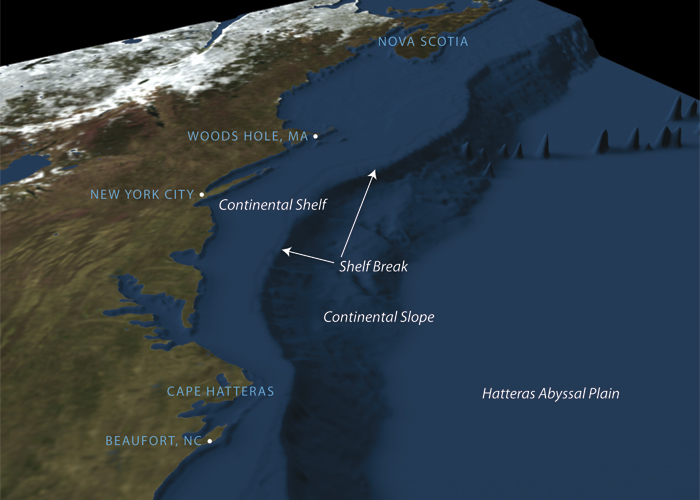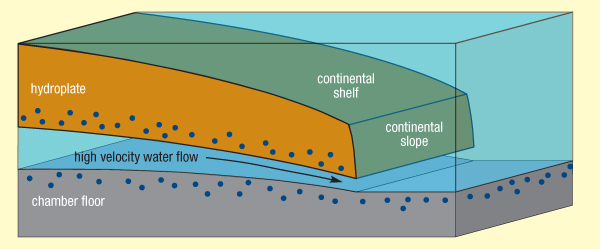Post-Flood Animal and Human Migration.
Relevant chapters from the online book:
Recovery Phase. Where did the water go?
How Was the Earth Divided in Peleg’s Day?
Why Did the Flood Water Drain So Slowly?
The explanation for how migration was possible post-flood is something I feel I understand well enough to believe viable, but it's rather difficult to explain. But I'll take a shot at it.

First, we should establish in our minds the model of the Earth we are working with - the "orange and orange skin" hydroplate model had a rocky and cold interior covered in water. Within that water was created a firmament - a layer of globe encircling rock (akin to the skin of the orange). This layer buckled downward and upward on Day 3 to gather the seas into one place and to produce dry land. Gravity drove this process.
Gravity also drove the post flood processes as the Earth prefers a more spherical shape and the flood explosion rendered the Earth significantly non-spherical. First, let's look a the interior of the Earth and consider its response to the flood.
The fountains of the great deep probably saw their first rupture somewhere in the mid to south Atlantic Ocean. The fountains carried away large amounts of rock from that area creating a gravitational imbalance. The Earth was rendered significantly non-spherical. In response to this imbalance, mass began to move into the hole created. But mass did not move from the side of the hole to fall into it and fill it up, it moved upward from beneath the hole. The cold rocky mantle beneath what would become the Atlantic Basin rose. Then the cold core of the Earth rose to ensure no void was left above it. Then the cold mantle below what would become the Pacific Basin sank to ensure no void was left at the Earth's center. Finally the Pacific Basin subsided.
 make a gif
make a gif. The Atlantic basin is on the right side. Pacific on Left.
This process not only affected the Earth, but the Moon also. You can see the great big holes carved into the near side of the Moon (filled with maria - lava).
And on the far side of the Moon, opposite the craters, a large depression (dark area near the south pole - the Aitken Basin).
Colour coded topographical map.
What this process created for the floodwaters was two great big depressions to flow into. When the fountains broke up the Earth became flooded completely. When the animated process above completed the waters drained from the Earth and Noah could leave the ark. For the next ~500 years the waters were all constrained largely to these two major basins. Thus if we go to Google Maps and look at ocean levels that are in light blue we can pretty much link up all of the land masses that needed repopulating.
Light blue ocean area would have been dry land for ~500 years after the flood (in Peleg's day) till the land sank into the mantle.
China to Taiwan.
Asia to Australia.
Australia to New Zealand.
Russia to Alaska.
Europe and the UK to the USA via Iceland/Greenland.
Equador to the Galapogas Islands.
The reason the water rose again is again because of gravity. The mountains and sediments deposited away from the ocean basins began sinking into the mantle (because the Earth prefers to be more spherical). So today we can see and feel the tail end of those forces reaching equilibrium.


